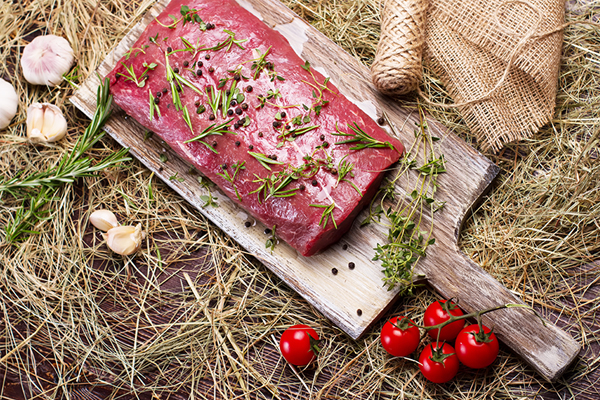Consider these 12 questions when sourcing and choosing the meat you consume.
- Was the animal conceived naturally or was the mother artificially inseminated?
- Where was the animal born? How long did it remain with its mother?
Layers can be located in the south; the eggs are shipped to hatcheries, the poults are then shipped to the farmer, the chickens are then transported to the consumer
- What did the newborn consume?
It’s mother’s milk? Industrial pellets? Contaminated grains (GMO, sprayed with insecticide)? - Where was the animal raised? What is the quality of the soil?
- Did the growing animal drink clean, spring water? Fracked water?
- If the animal is a ruminant, how much grain did it eat? Any antibiotics?
- How much green grass or browse did the growing animal eat?
- Was a variety of pastures available?
- How much time did the animal spend outside on grass, in fresh air?
- Is the property where the animal grew up contaminated with chemicals?
- If the animal consumed grains, where does the grain come from and is it GMO free or organic?
- How was the animal harvested? How much stress did it experience?
Good hunters provide the most stress free and humane harvest: the animal is unsuspecting and dies instantly
- On the farm harvesting can be almost as stress free and humane if done properly
- Slaughter houses can minimize the stress to the animal. But the animal usually has to be transported to the facility and can incur stress from this transport
BONUS QUESTION: When and where was the animal harvested?
